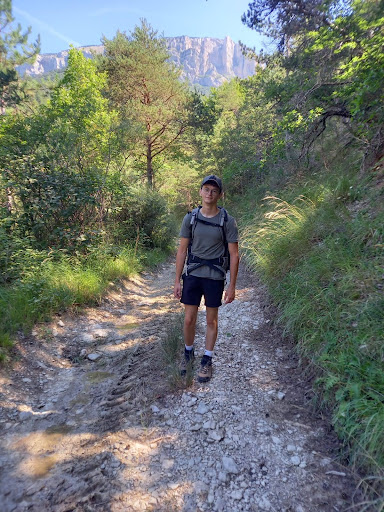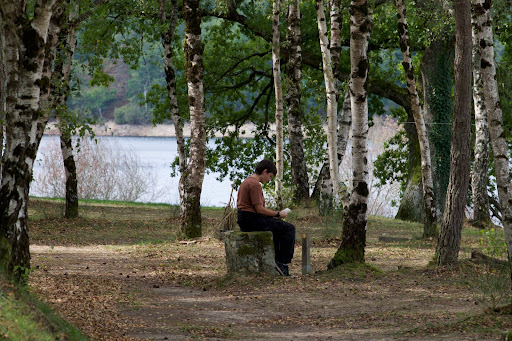
BiOdyssée is an association dedicated to the protection of biodiversity.
It explores conservation initiatives around the world to understand the issues, methods and impacts.
General presentation
Faced with the erosion of biodiversity, numerous initiatives are emerging around the world to preserve species and their ecosystems. BiOdyssée is an association whose aim is not only to take an overview of biodiversity, but also to observe, analyse and compare the various conservation measures in order to identify the most effective and innovative approaches. We travel to different parts of the world to document the different approaches that have been put in place locally, from protected areas and species reintroduction programmes to local initiatives and nature-based solutions. By combining these experiences, we hope to highlight effective conservation initiatives and encourage their spread. We would like to share all the data we have gathered during this trip so that as many people as possible can play an active and effective part in protecting species.
Our 2026 project
We are a team of 4 students with a passion for nature and ecology, driven by the desire to better understand living organisms so that we can better protect them. Our diversity of backgrounds enables us to approach conservation from a multidisciplinary angle, combining ecology, agronomic and social sciences, as well as environmental policies. Indeed, each of us has a particular interest in different fields, ranging from entomology to ethology, marine biology and wetlands. However, we are all trained in environmental policy, ecology and the management of the environment or agro-ecosystems.
For the 2026 expedition, we have decided to go to Japan to study the diversity of ecosystems there, from the boreal forests of Hokkaido to the mangroves and subtropical forests of the southern islands. The island nature of Japan’s archipelago is home to a wealth of endemic flora and fauna, making it one of the world’s 36 biodiversity hotspots, according to the NGO Conservation International. These species are an integral part of Japan’s heritage, and some are now threatened with extinction. Conservation measures are therefore crucial to protect this heritage for future generations.
Another reason we chose Japan is that it is a pioneering country in environmental conservation, with over 34 national parks and many local conservation initiatives.
Our objectives
- To study and compare conservation actions around the world
- Take an overview of local biodiversity
- Identify and communicate effective measures and best practice
- Raise awareness and share our observations through articles and educational resources
- Encourage cooperation between researchers, institutions and local communities
- Make our data accessible to as many people as possible
Our resources and methods
We will rely on field observations and meetings with local scientists and conservationists to produce a final report in the form of a documentary accessible to all. Thanks to the diversity and multiplicity of resources to which we will have access, we will be able to produce a report that is both quantitative and qualitative. We would also like to raise public awareness of the decline in biodiversity, while highlighting the means that can be put in place to preserve it in a sustainable way. Through this project, we hope to contribute to better protection of the living world by encouraging the exchange of knowledge and experience between all those involved in conservation.




